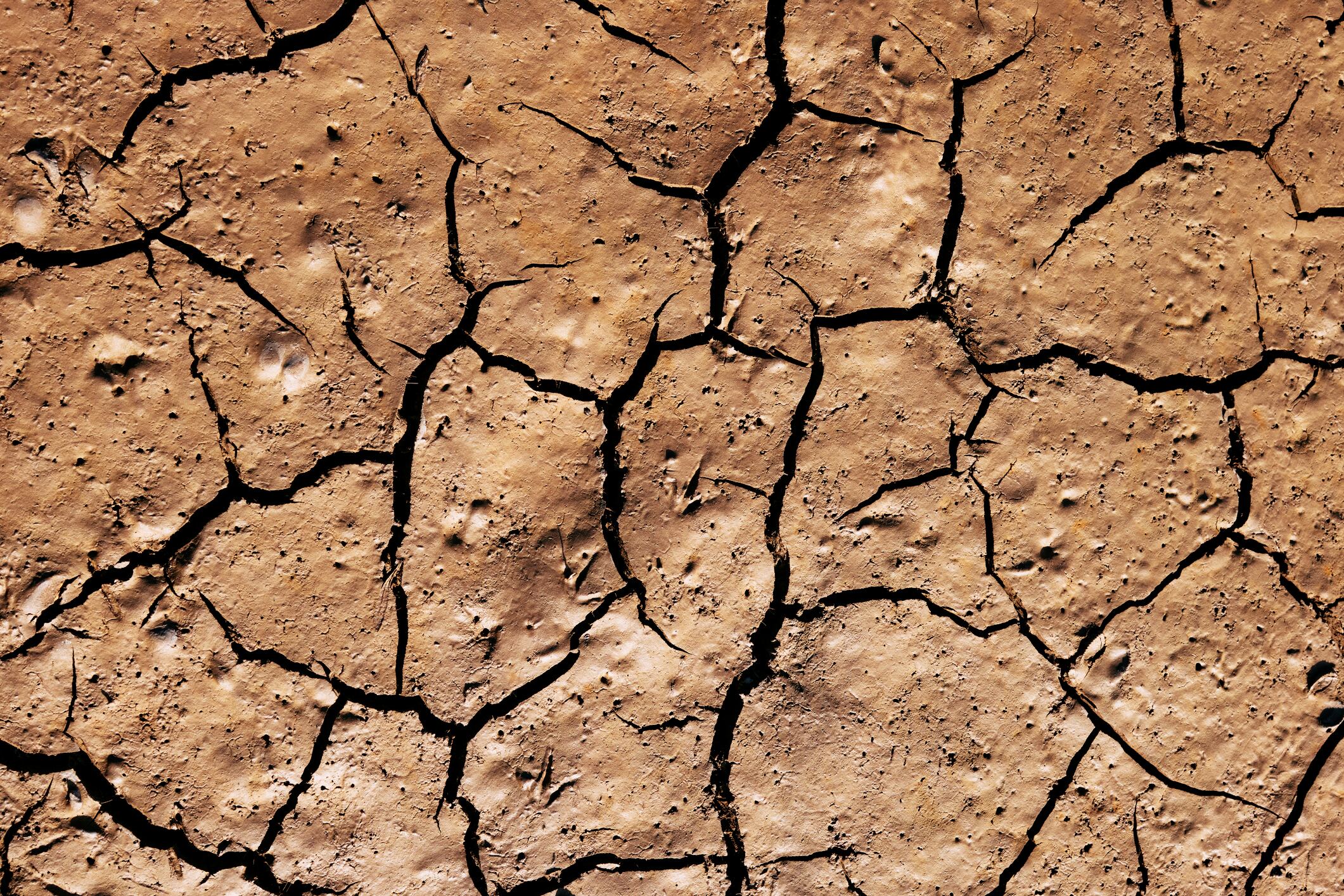Researchers analysed data on winter wheat yield and weather in the Henan Province from 2000 to 2023.
They uncovered the layers of impact of droughts and flood have caused on winter wheat yields, especially as their frequency increases.
Notably, the full extent of the damage wrought by extreme weather events do not always emerge fully immediately.
In fact, the study revealed that the consequences of droughts and floods occurring over four to eight years can take one to two years to manifest in wheat yields.
With the increasing frequency of extreme weather, the impact builds up over time and will degrade the entire agricultural system over time.
The study described this as multi-scale stress.
2010 Ripple effect
The study highlighted 2010 as an important year, as it marked a significant shift in weather and subsequent crop yields.
From 2010 onwards, the Henan region experienced intensified frequency of droughts and rainstorms.
“In 2010, there was a turning point for drought intensification, which seriously restricted the water supply of winter wheat during sowing. In summer, it turned to the ‘concentrated rainstorm superimposed high-frequency drought intermittent’ model,” the study highlighted.
From 2001 to 2010, wheat farming in eastern Henan had grown steadily, with less stable planting land – known as ‘red patches’ – decreasing from 27% to 12% during that period.
However, from 2011 onwards, growth in planting areas slowed down or stopped.
By 2016, the red patches began to reappear, growing approximately 15% compared to 2015.
That same year, wheat yields dropped sharply in the same year with a reduction in planting.
Opportunity for intervention
Henan is particularly important as it is a major grain producing region of China, with its agricultural production “directly related to the overall situation of national food security”.
The region is also located in the temperate–subtropical monsoon transition zone, making it vulnerable to extreme weather such as drought or floods as climate change intensifies.
The study’s finding of an approximately one-to-two-year lag crucial as it offers the opportunity for early intervention.
This study proposed a “‘sub-scale governance’ strategy” which suggested to use the one-to-two-year lag to establish a rainstorm warning mechanism.
At the same time, the time can be used to optimise drainage facilities for high-risk areas of flood, especially in the south, to boost the region’s overall climate resistance.
“Against the background of climate warming, the Henan agricultural system is facing the severe challenge of increasing extreme precipitation. In the future, it is necessary to improve climate resilience based on the ‘partition governance’ strategy and the ‘periodic response mechanism.’”
Source: Water
Response of Grain Yield to Extreme Precipitation in Major Grain-Producing Areas of China Against the Background of Climate Change—A Case Study of Henan Province
Authors: Sheng et al.
https://doi.org/10.3390/w17152342





